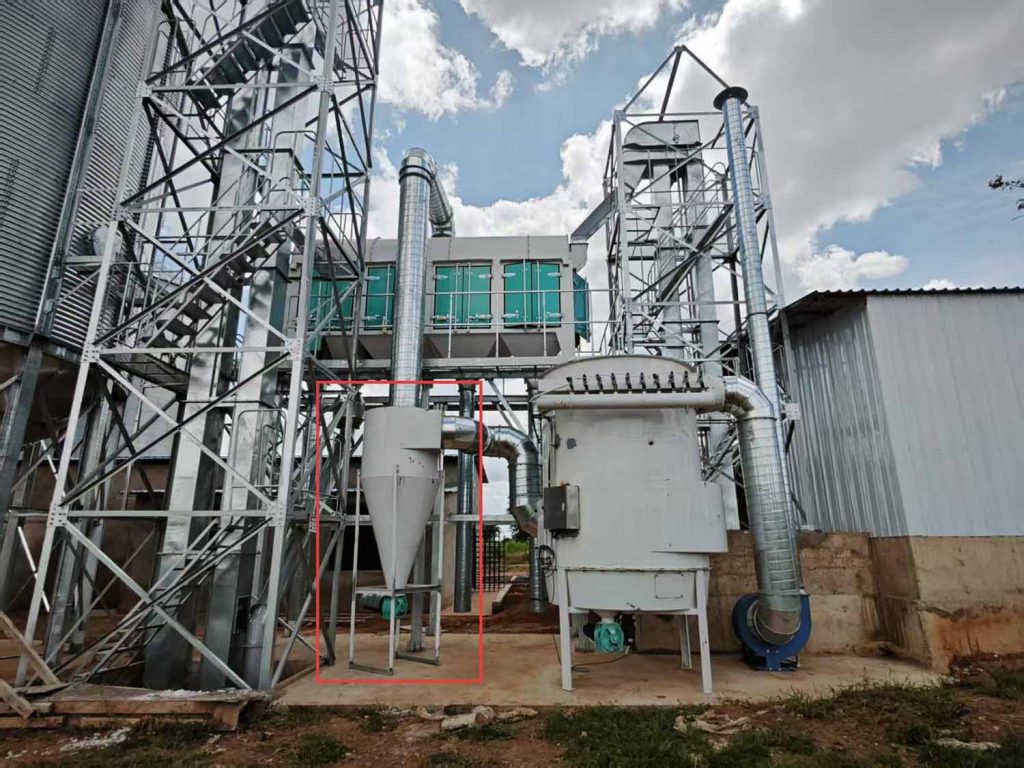Choosing the right cyclone dust collector is crucial for effective dust control. The selection requires comprehensive consideration of multiple factors. These include dust characteristics, equipment performance, and maintenance cost requirements.

Key Factors in Selection
Dust Characteristics
First consider dust characteristics during selection. These include particle size, density, and humidity. Different grain dusts have different properties. For example, wheat dust and corn dust vary in size and density. Understanding these traits helps select the most suitable cyclone. This achieves optimal dust removal results.
Equipment Performance
Cyclone performance is vital in equipment selection. Efficient cyclones separate dust particles effectively. They reduce dust concentration significantly. Focus on separation efficiency and pressure drop. Also consider processing capacity. High-efficiency cyclones typically offer better separation and lower pressure drop. They maintain good performance even with high dust concentrations.
How to Choose Suitable Cyclones for Silos
Select Based on Dust Characteristics
Match the cyclone to your specific dust properties. For larger particles, choose smaller diameter cyclones. This increases centrifugal force and improves separation. For high-humidity dust, select cyclones with anti-moisture design. This prevents internal condensation and dust adhesion.
Consider Equipment Performance
Evaluate key performance indicators during selection. These include separation efficiency and pressure drop. Also assess processing capacity. Efficient cyclones maintain good performance with high dust loads. They also reduce energy consumption and operating costs. Choose units with high efficiency, low pressure drop, and large capacity.
Evaluate Maintenance CostsMaintenance cost is an essential factor. Cyclones with simple structures and no moving parts usually cost less to maintain. Select equipment that is easy to maintain and clean. This reduces maintenance time and expenses. Also choose reliable, quality equipment. This extends service life and lowers replacement costs.